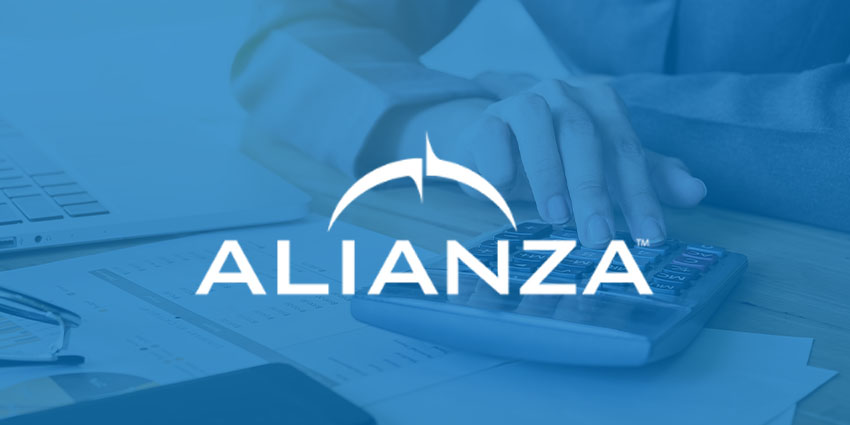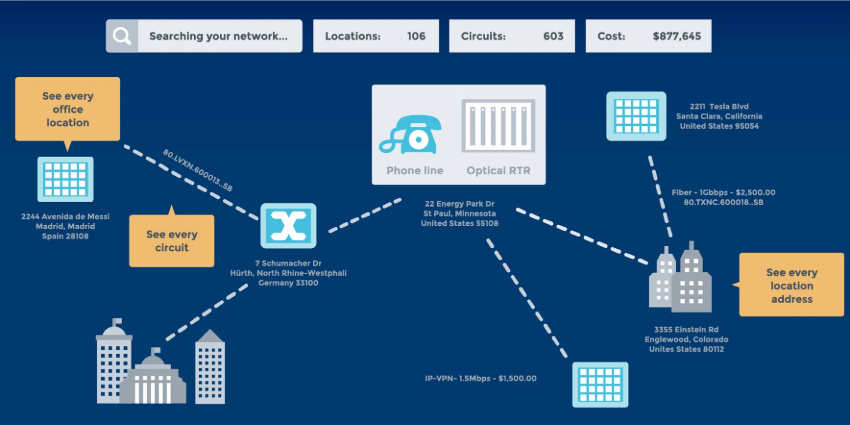Communication service providers (CSPs) are no strangers to the pain that comes with a network refresh. Whether it’s the cost, complexity, or disruption to service, there’s certainly a lot to think about.
Understandably, they want to ensure they get an adequate return on investment (ROI) after the refresh, particularly considering the cost of implementing and maintaining the network.
But, are some service providers measuring this ROI wrong?
How the Sunk Cost Fallacy Skews ROI
The sunk cost fallacy is the process of continuing to wrongly invest money in a business venture purely because you’ve already invested a substantial amount in it.
Because a CSP’s last legacy network refresh was probably costly, they have a tendency to continue investing money in repairing and maintaining their network to get as much life out of it as possible.
However, when a service provider stops to total up all these costs, they will likely find it makes financial sense to cut their losses now and move to a cloud model, according to Dag Peak, Chief Product Officer from Alianza.
“Many telecom networks have invested a majority of revenue in their switch, but they’re weighed down by outdated networks, complex infrastructures, and rising maintenance costs,” he said.
“Considering all these drawbacks, service providers that elect to continue investing in, repairing, and patching their legacy systems — like Nortel or Lucent time-division multiplexing switches — rather than embrace a digital transformation, are victims of the sunk cost fallacy.
“The reality is, although your company has invested heavily into your existing system, you can’t get your money back by digging in deeper. Your business doesn’t have to be hamstrung by legacy technology that doesn’t meet the needs of your customers and end users.”
Alianza touts a different measurement of ROI, citing an analysis of the cloud market by Forbes. Businesses will typically assess ROI based on whether the earnings from the investment are more significant than its cost. But, when considering a cloud investment, innovation should be factored into the equation.
So, CSPs need to compare their legacy network with their prospective new cloud network when considering ROI.
Service providers face increasing pressure in several areas, including declining margins, aging networks, dwindling replacement parts, and an aging workforce. All of these factors will only increase costs over time.
With a cloud network maintained by a provider like Alianza, much of this cost is eradicated. OPEX cost is significantly reduced because Alianza handles the network’s provisioning, maintenance, and security. The network can also be scaled up and down to manage fluctuating demand, and alongside this, there’s an acceleration in both deployment and speed to market.
Alianza says that CSPs can slash their costs by as much as 80 percent by moving to cloud architecture, while margins can be as high as 76 percent.
“Rather than an ROI based solely on capital expenditure investments, this next-gen method of measuring the true ROI of cloud infrastructure enables business leaders and IT executives to more accurately measure and communicate the immense value of digital transformation,” said Peak.
“As C-level decision makers choose to innovate using the cloud, it transforms not just your cost structure but your entire business.”







